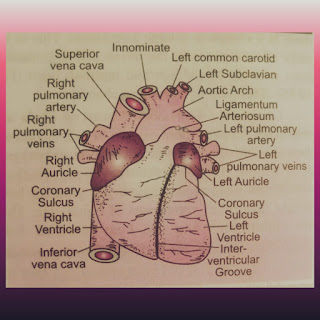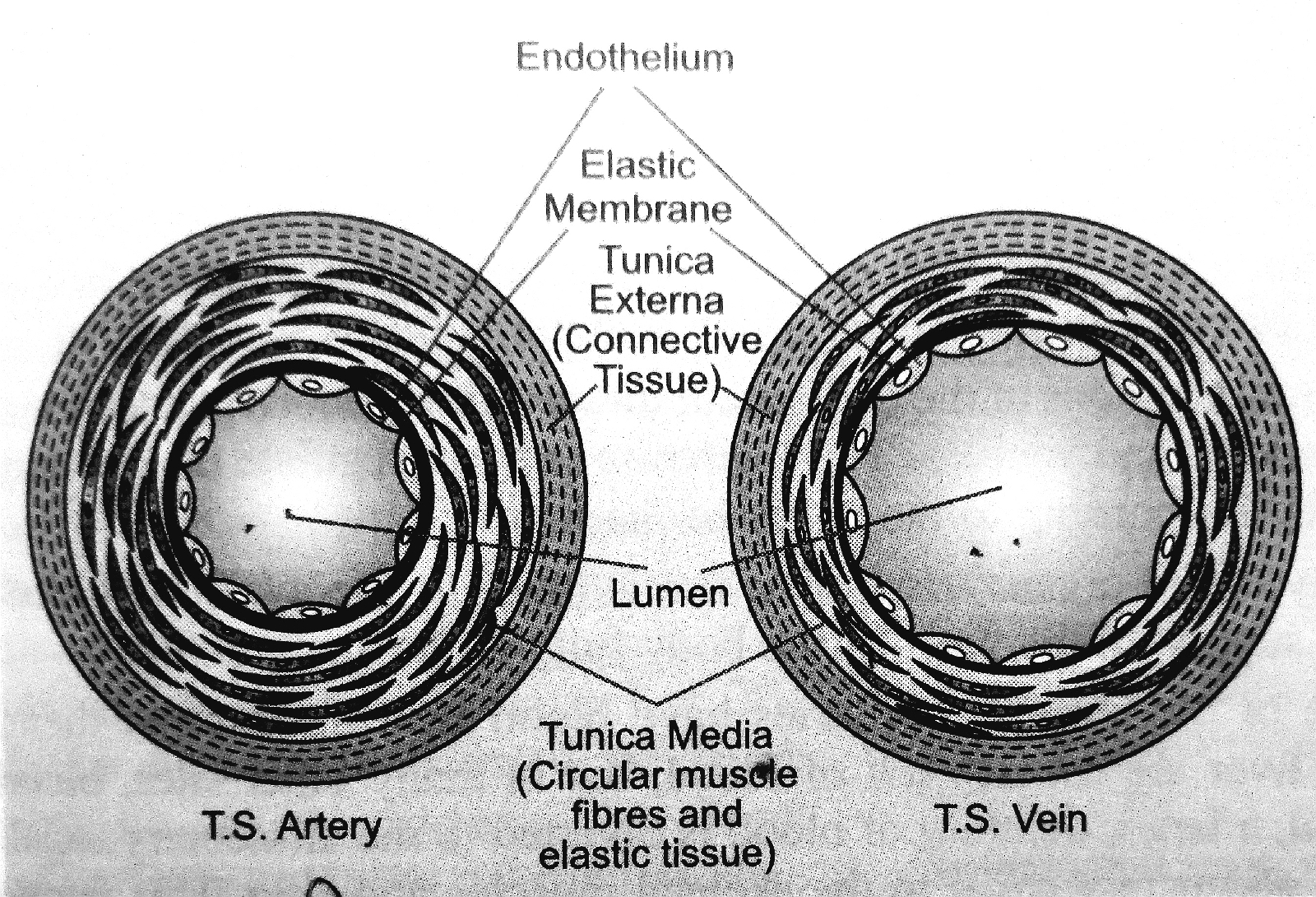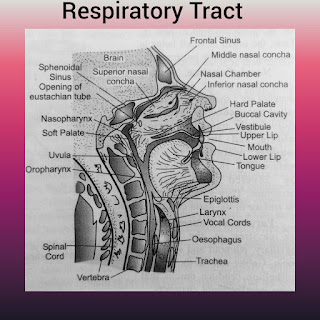The Human Heart? Structure, Working, Heart beat, Heart rate, Heart Sound and Cardiovascular diseases.

Human heart is the hollow muscular organ of the body which pump and supply the blood throughout the circulatory system. It is located a little to the left of the middle of chest. Heart is very sensitive organ and more responsible for life, so it covered with the rib cage to protect any injury. The weight of heart is about 240 grams and the size of heart is about a fist. Structure - The structure of heart is divided into two parts- Exterior structure and Interior structure. 1) Exterior structure - Heart is made up of three layers of tissue- Pericardium, Myocardium and Endocardium. i) Pericardium - is the outer layer of heart. It is made up of two layers Outer parietal pericardium and inner visceral pericardium. Between these layer their are potential space called pericardial cavity. This Pericardial cavity contain up to 50ml of pericardial fluid. This fluid keeps the heart moist and reduce the friction between heart wall and surrounding tissue, when the he...



.jpeg)
.jpeg)
.jpeg)

.jpeg)